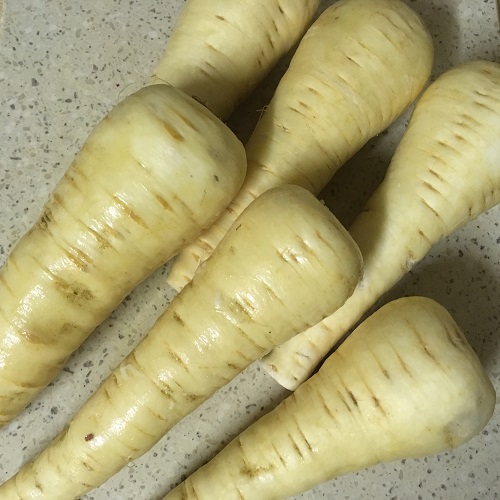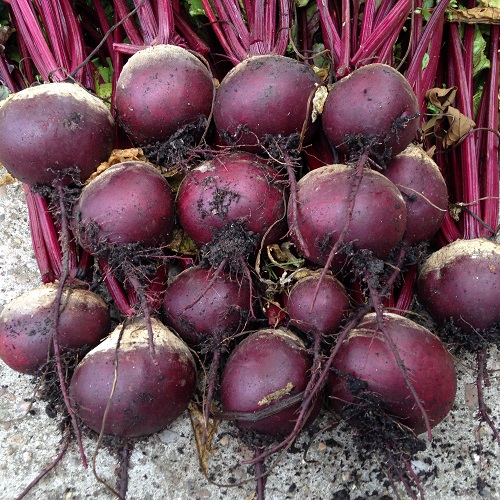Customer Reviews
Write a Review and share your opinions!
15 January 2014
i grew calabrese marathon last year fantastic crop from april planting picking from june until december recommended
Customers who bought this item also bought:
Parsnip Gladiator£1.59
£0.99
Gladiator is the market leading variety that all other parsnips.....
Average Contents : 200 seeds
Beetroot Boltardy£0.99
£0.79
Beetroot Boltardy is the most popular variety for early and.....
Average Contents : 350 seeds


